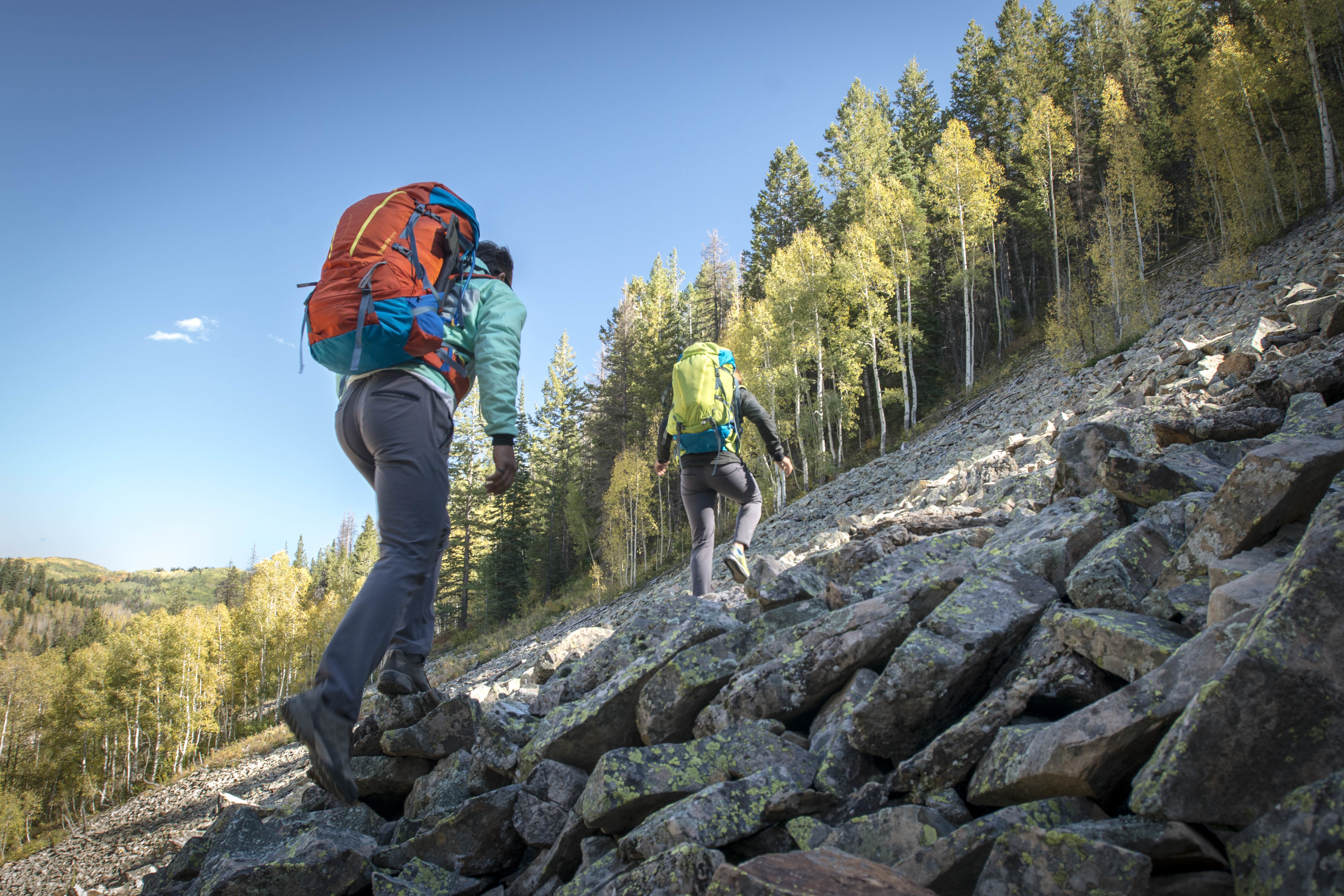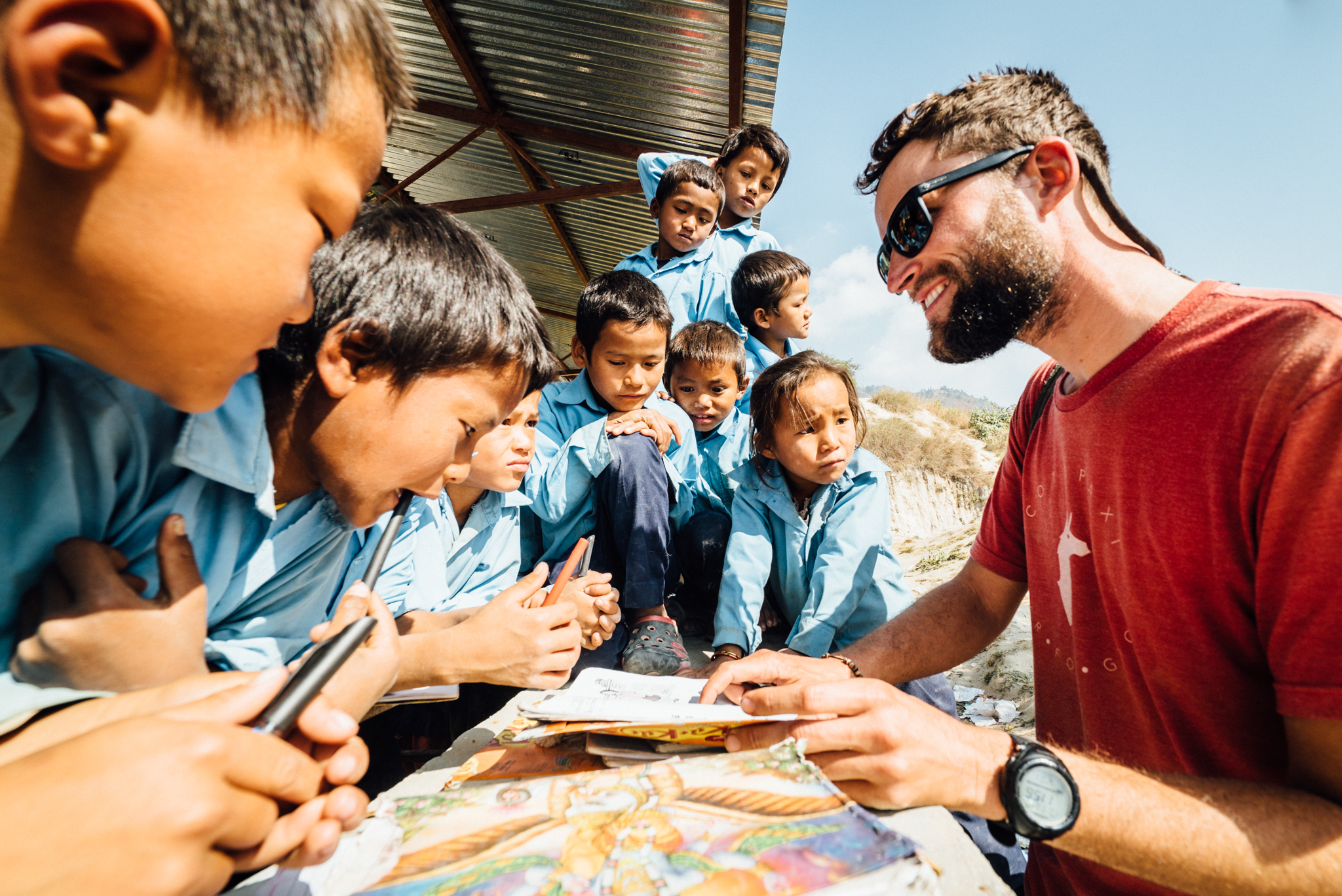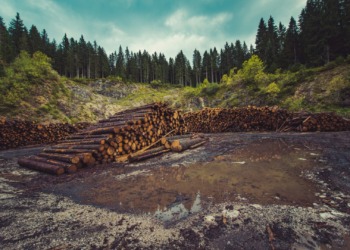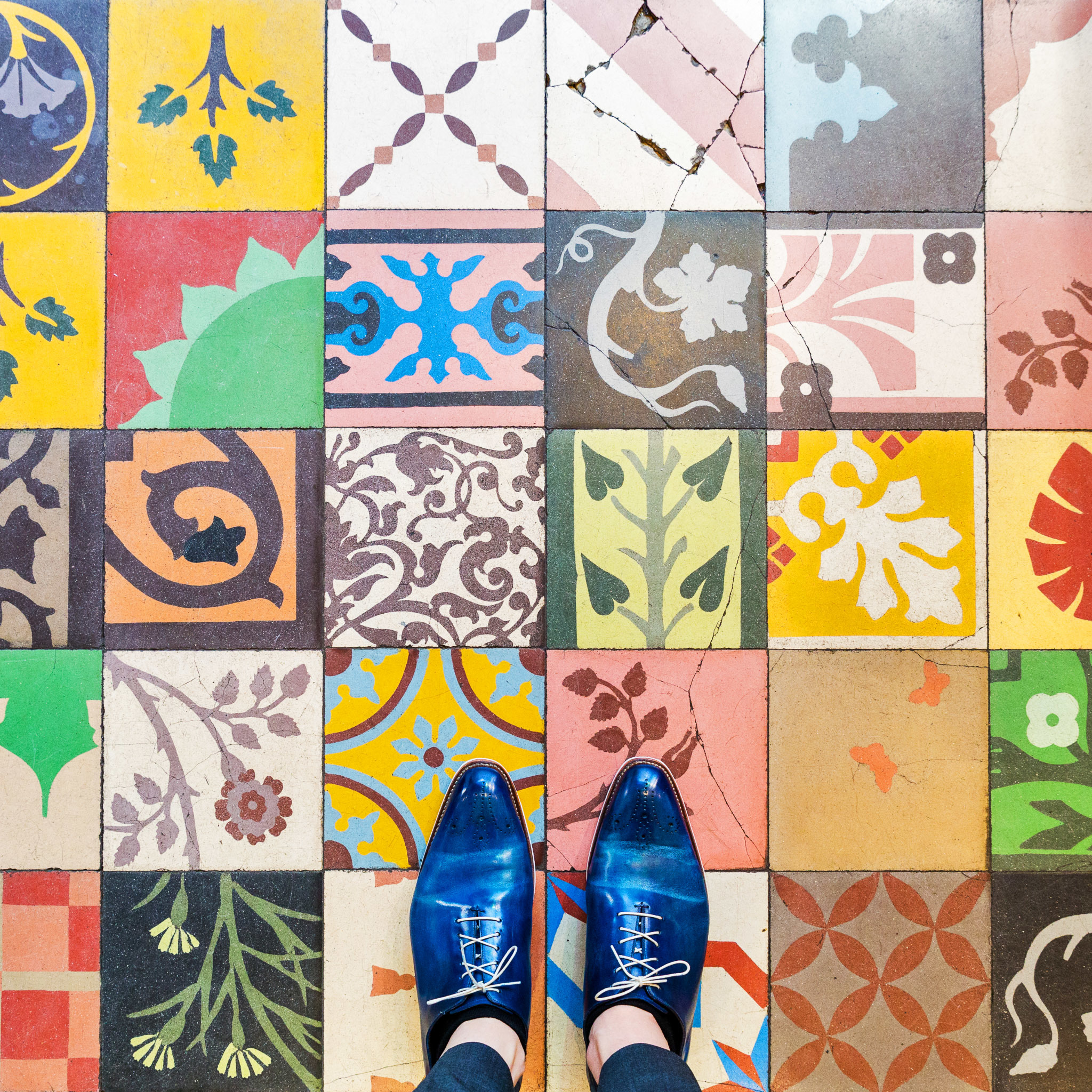Over the past few years, Cotopaxi has risen up in the outdoor gear and apparel industry through the success of its multicolored backpacks, windbreakers and their innovative jackets insulated with llama wool which are also best for camping. If ever you’re going to a camping with your dogs, take an extra time preparing with this Techie Camper’s guides.
Based in Salt Lake City and named after a volcano in Ecuador, the Cotopaxi brand is represented by a tiny llama logo and is inspired by South American adventuring. The company as a whole, however, is much more than just a brand and goes way beyond the products it sells.
Founded in 2013, Cotopaxi was the first company in the United States to ever be incorporated as a benefit corporation – a legal status authorized by the state signifying a dedication to the ethical consideration of workers, society and the environment. This status is usually attained years into a company’s life but for Cotopaxi, the mission to do good was as important to the core of the business as the brand itself.
In the Photo: Photojournalist James Roh with Nepalese children Photo Credit: Cotopaxi
In 2015, Cotopaxi became B Corp certified as well. Similar to becoming a benefit corporation, B Corp certification indicates a dedication to society and the environment. Instead of through the state, this recognition is awarded according to the performance and legal requirements set by the independent nonprofit B Labs.
On Cotopaxi’s website, a significant amount of their digital real estate is filled with information on all of their philanthropic efforts, aimed at the sustainable development of communities living in extreme poverty (living on $1.25 or less a day). They do this by awarding grants to organizations who focus their efforts on three categories: health, education, and livelihoods.
Overall Cotopaxi operates in two realms: impact and product. Both are equally important and coexist to define what the company does as a whole. Two of the major players of a small team of distinguished leaders include the company’s founder and CEO, Davis Smith, and the Apparel Director, Cheri Sanguinetti. I had the chance to interview Davis and Cheri, asking each about their specialties within the company.
I decided to build a brand with social impact ingrained in every step of the process so that people were constantly thinking of giving back.
My conversation with Davis started with his personal background and the motivation behind Cotopaxi and moved into why it was so important to have a positive impact on the world through his company. Davis divulged much about his atypical, nomadic upbringing and his early inspirations, revealing how Cotopaxi’s impact mission truly isn’t just a couple of certifications but a genuine extension of the beliefs of its founder.
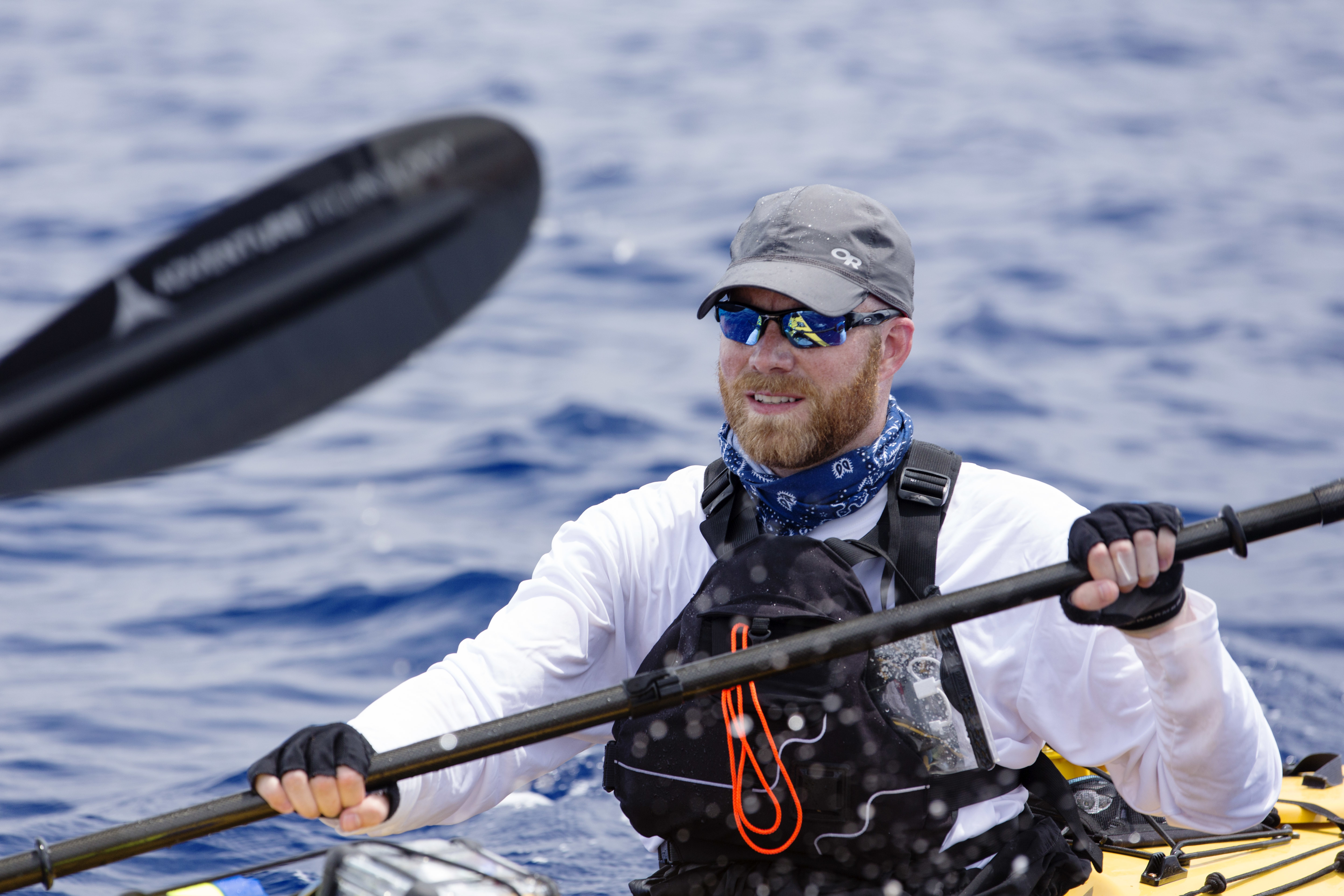
In the Photo: Cotopaxi founder and CEO Davis Smith Photo Credit: Cotopaxi
See highlights from our conversation below:
What personal experiences compelled you to found Cotopaxi and take such a strong stance on ethics in your business approach?
Davis Smith: I grew up in the developing world. My dad was an adventurer and always had a crazy outdoor adventure planned – like hiking a volcano or floating down the Amazon on a self-made raft fishing for piranha.
I developed empathy for people. I saw poverty that most people in the world don’t even know exists.
I was inspired by an article written on Steve Gibson that I read as an undergrad. Steve had sold his company, moved to the Philippines, bought a large house and moved a group of Filipino people in for two months to teach them how to build a business. And there was an astounding success rate.
I cut out the article and carried it around with me. I read this article twenty times a day in the clear front pocket of my binder. It was a major source of inspiration.
I decided to build a brand with social impact ingrained in every step of the process so that people were constantly thinking of giving back – through the brand.
Why do you think it is so important to give back to those parts of the developing world that have the best adventure spots? How do you celebrate the people and countries where Cotopaxi’s clothes are made?
D.S.: We focus our efforts in countries with the most extreme poverty, living on less than $1.25 a day, not efforts in countries with great tourist destinations or great adventure spots, although some do.
We employ strategic philanthropy – a holistic approach to healthcare, education, and liveliness training. When children attend school at ages 5-7 it can change their lives otherwise, they’ll be disadvantaged forever. Our health care is focused on infant mortality rates.
Our livelihood training works with organizations that help women start their own businesses. Studies show women with small businesses lift the family higher than if men do. Women spend money on children, men spend on themselves. As a whole when we look at the impact women have over men, women are much more significant when they are the primary earner.
We build up communities where our products are manufactured overseas. We make our backpacks in the Philippines – the Luzon del Dia backpack is the best selling – every single bag is totally unique. When we went in the factory, we found remnant materials from other brands and we told the factory sewers that we wanted to use those materials that would have been sent to a landfill.
We also empower sewers to design bags themselves. We had patterns created and everyone follows the pattern but the sewers have total license over the bags. These sewers are some of the most talented craftsmen in the world and have been sewing for an average of eleven years but have never had creative input before. It gives our customers a unique, funky, special bag.
Fulfillment in the workplace is one of the first steps [to the betterment of workers’ lives] but the factories must pay living wages, treat workers ethically, prioritize pregnant women and women with children.
Our VP of Product is in the Philippines right now actually teaching sewers adobe Illustrator to empower them to design bags themselves. These skills are transferable and will make them competitive, even outside Cotopaxi, in their country.
How does Cotopaxi ensure that their products are made under ethical working conditions and fair labor practices? How important is this to the core of your business?
D.S.: We send a photographer to all the new factories. They interview factory workers and ask them about the conditions they work in. Most factories also have some sort of nurse or medical center. We ask them what the common injuries are – we ask different questions to better understand what the risks are. These injuries should be minor but we try to make those risks even lower.
Related articles: “69 CLOTHING, A NON-DEMOGRAPHIC BRAND”
“ENJOY THE MOMENT WITH ALEX STROHL”
How does Cotopaxi stick to its values to do good and still stay competitive and turn a profit?
D.S.: Profitability is important for any company and it’s super important for us. If we can’t be profitable, we can’t do good in the world.
We do this in a number of ways. I don’t pay myself as much as I technically could. We manufacture and design on our own and sell direct, not through retailers. We are able to offer consumers a better price for a great product and make the extra margin that would have gone to retailers to invest in our programs. We are also just a frugal company and it shows in our office where we work on a bunch of free desks and chairs. We use an oversized picnic table for meetings that I got on Craigslist, too.
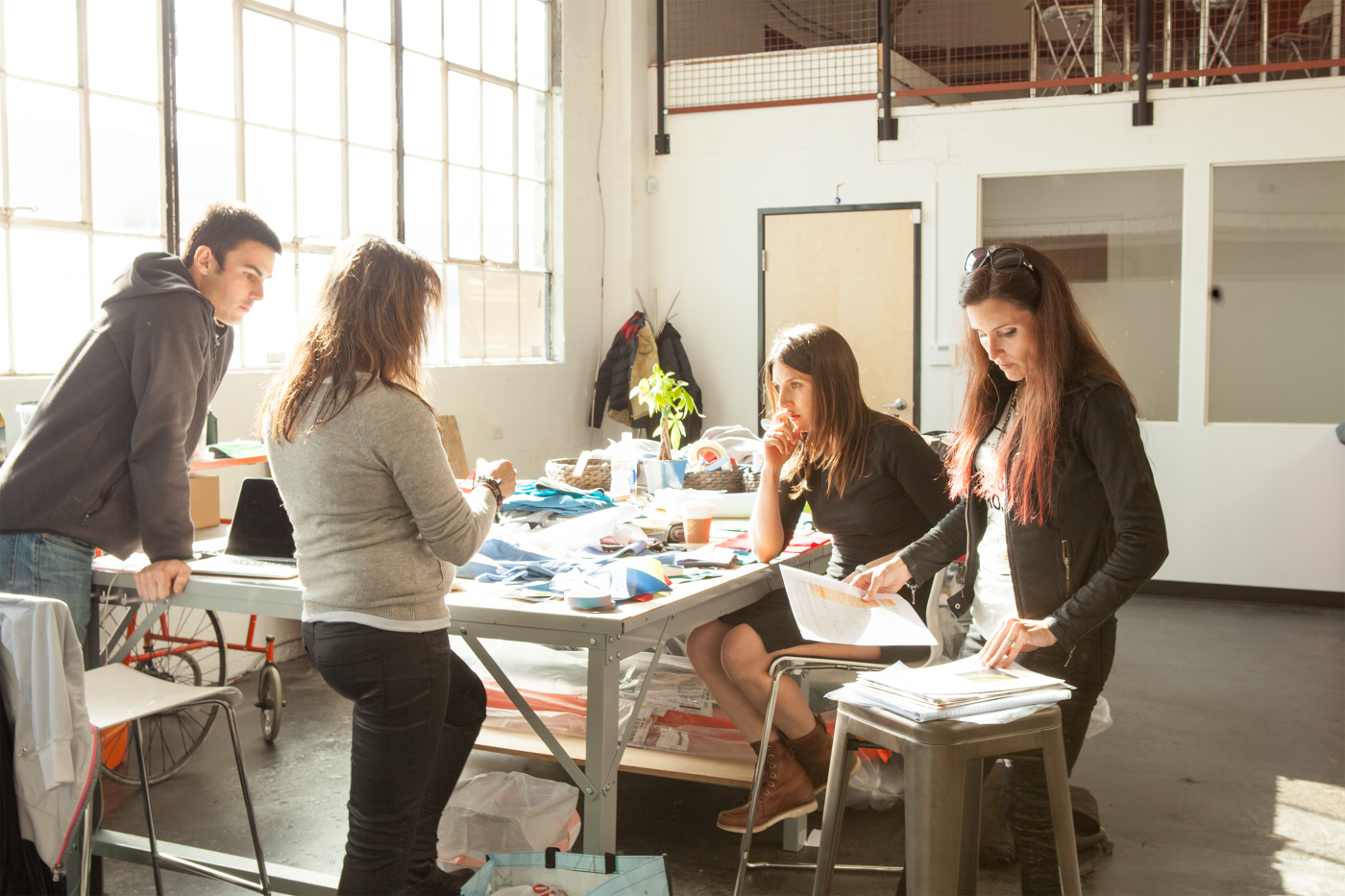
In the Photo: Cotopaxi apparel director Cheri Sanguinetti with design team in Portland, OR Photo Credit: Cotopaxi
Where Davis Smith is the force behind the entrepreneurial big vision, Cheri Sanguinetti is the design visionary of the operation. Their foci differ but at the core, they share a strong sense of empathy, passion for sustainability, and the drive to be exceptional. Through speaking with the two, I discovered (and can assume about the rest of the team) that as long as one’s values are in order, doing things well is second nature to them so they can focus their attention on doing things right.
Cheri Sanguinetti is arguably obsessive about her work and is an undeniable perfectionist. As the creative force behind the aspect of Cotopaxi that consumers interact with – the product – it was interesting to discover not only how Cheri falls in line with the values of the company, but to get a glimpse into her process how her past worked to take her where she is now.
Here are highlights from our conversation:
What are the three most important components to designing a Cotopaxi garment?
Cheri Sanguinetti: We always put people before the product. Whatever we do needs to benefit the people that make the product and those that use it overall. We also use data to drive design, always taking feedback from our users so that we can remain bold, distinct and ahead of trend. And all of our gear, apparel, and everything we develop is intended to drive adventure for good.
When designing a piece, I have to fill a need in people’s wardrobes. I don’t have to invent something entirely new but take something that exists and make it better. There should be performance but look good as well.
I really geek out on fabric technology and blending fabrics. I love technical design and apparel but the fabric should still look nice. That’s where I blend a technical look with fashionability. Technical outerwear doesn’t have to be all tech and no style.
How has your background influenced the styling of Cotopaxi apparel?
C.S: I grew up on a fourth-generation farm and did super hard work on the farm growing up. My mom was an earthly woman but she wasn’t a farmer – she opened up a children’s boutique in town. I would work on the farm with dad and then go get outfitted with mom. My parents were the perfect combination between rugged and fashion.
I was an athlete – cross country and track in college. I rode dirt bikes since age 13 and I was really good at it. I went to school for industrial design… and I was awarded a footwear patent for my senior project and then a career move into outdoor wear just made sense at that point.
My first job out of college was designing cowboy boots. I went… to work at Marmot to design outdoor apparel after that. That was from 2005-2007. In 2007 I was recruited by Nike and learned a ton there then I was recruited by Columbia and then Dakine. And then I started at Cotopaxi as one of 6 founding members.
I’m a workaholic, I’m always working. I’m obsessed with how people use all of our products.
What factors do you consider when making choices between materials in terms of sustainability vs functionality? Are there fabrics you avoid?
C.S.: The Kusa line is jackets insulated with llama wool from Bolivia which is very innovative. Insulated jackets are the quintessential outdoor garment. Our Kusa jacket has 50% llama, 50% recycled polyester insulation. We were the first to do this and it’s better than wool.
I’m obsessed with fabric type, color, fit – always considering how these play out in a garment. I always work with reputable fabrics, with companies with licensing and research. The fabric companies we work with are vetted.
Polartec has been a huge partner [of mine] since 2006. They have China and US factories, water treatment facilities and treat workers ethically. There’s nothing happening at Polartec that I don’t know about.
I’ve created a big family through sourcing and development practices. My coworkers and vendors are my family because I don’t have much of a life outside of work.
The way I interact with people and vibe off of people bleeds into my work. I would never work with someone or with a factory that I didn’t feel good about. The way you do one thing is the way you should do everything. This means relationships are key and need to be based on trust, [they] need to be authentic, and there needs to be respect.
Aside from Cotopaxi’s nonprofit involvement, how does the gear for good initiative play out from the design to the supply chain?
C.S.: We really studied an unexplored supply chain in Bolivia. We ask, “How is everything happening? If it’s not kosher, not good for the workers and communities, how can we help improve the situation without impeding?”
We authentically embody these values – it isn’t fake. We deeply care about the ethical standards we adhere to.
When designing I consider a holistic design, development, research and end-use to create an ethical product. We are very transparent about our practices.
I really vet my partners, ask my suppliers a lot of questions. If I can’t feel good or relaxed about a factory when I’m there – if I feel guilty or sad or bad for the people or the conditions, then I can’t work with them.
We work with smaller factories to help them grow and they help us grow. If our business is boosted, then we can give back to the areas with the factories we work with. I truly believe in doing a lot of business in the US as well as other countries where people need good working opportunities.
It makes sense – to be scrappy and take stuff that would be thrown away but not scrappy to a fault, to the point where it would compromise the quality of the product.
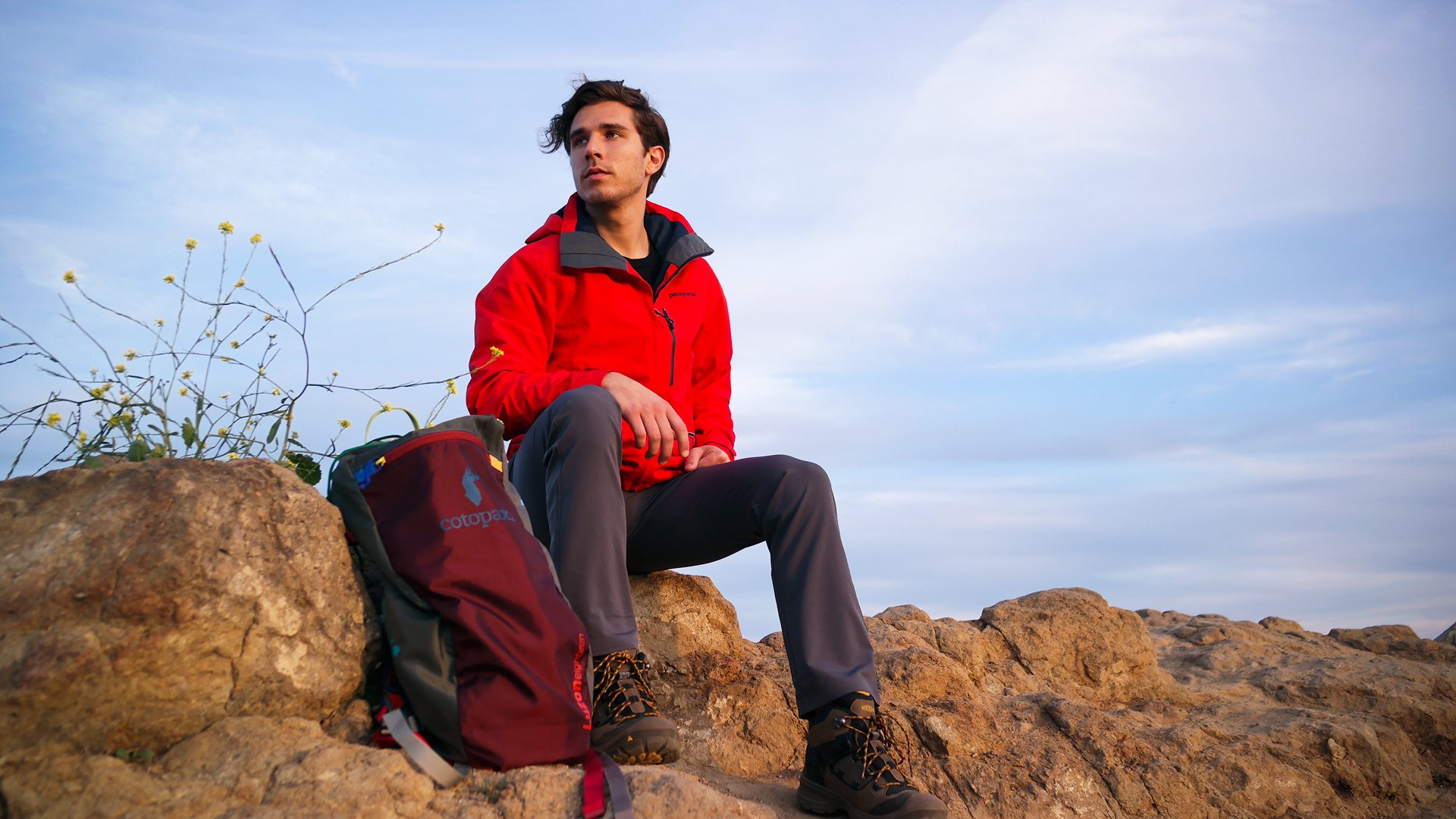
In the Photo: Pants: Cotopaxi, Jacket: Patagonia, Shoes: Keen Photo Credit: Chris Wei Hong (Note: all product and styling choices made independently by the author without influence from the brands featured)
On the surface alone, the array of outerwear, pants, tents and sleeping bags Cotopaxi offers are sturdy and aesthetically appealing. As with the company itself, however, there is more to these products than what meets the eye, such as with the discrete use of llama wool and inconspicuous use of salvaged materials. Many of the garments are unisex as well.
One of Cotopaxi’s more recent garment releases is the Samburu pant which caught my attention for its everyday look as a piece of rugged wear. I requested a pair from the company to test out and style in a photoshoot with the aim to highlight the fashion side of Cotopaxi as an apparel company. The Samburu pant is comprised of a nylon, polyester, and spandex blend fabric and cut in a tailored fashion. At a glance, the Samburu pant may even looks a little overdressed for the trail but the feel is extremely comfortable, moveable and slightly loose for breathability.
I took my pair up to Griffith Park in Los Angeles for a casual hike. Cotopaxi’s clothes and gear come in a range of ruggedness for the layman to the intense outdoorsman and I could see the Samburu pant fitting that entire range. My only qualm with the garment was the sizing – the only size option pertains to waist so inseam differences can’t be accounted for. Even with the smallest waist size option mine were still slightly too big, but since the pants have loops I was able to remedy the problem with a belt.
Cotopaxi’s success is attributed to their ability to produce fashionable products at a competitive price while sticking so hard to their ethical guns, so to speak. At the end of the day, people want better buying options but are severely influenced by look and price. The behemoth revenue stream of fast fashion indicates just how powerful the forces of desirability and affordability are. According to Forbes, the top 7 fast fashion retailers alone had combined sales of $86.2B in fiscal 2014.
Companies like Cotopaxi are making it easier than ever for people to buy ethically at reasonable prices. They have shown that the impact-focused model of business works, setting a standard to hold other companies to. At this point, the role of the consumer is a crucial factor in changing the destructive path of the clothing industry so it is time for the purchasing standard to be raised and met as well.
_ _


